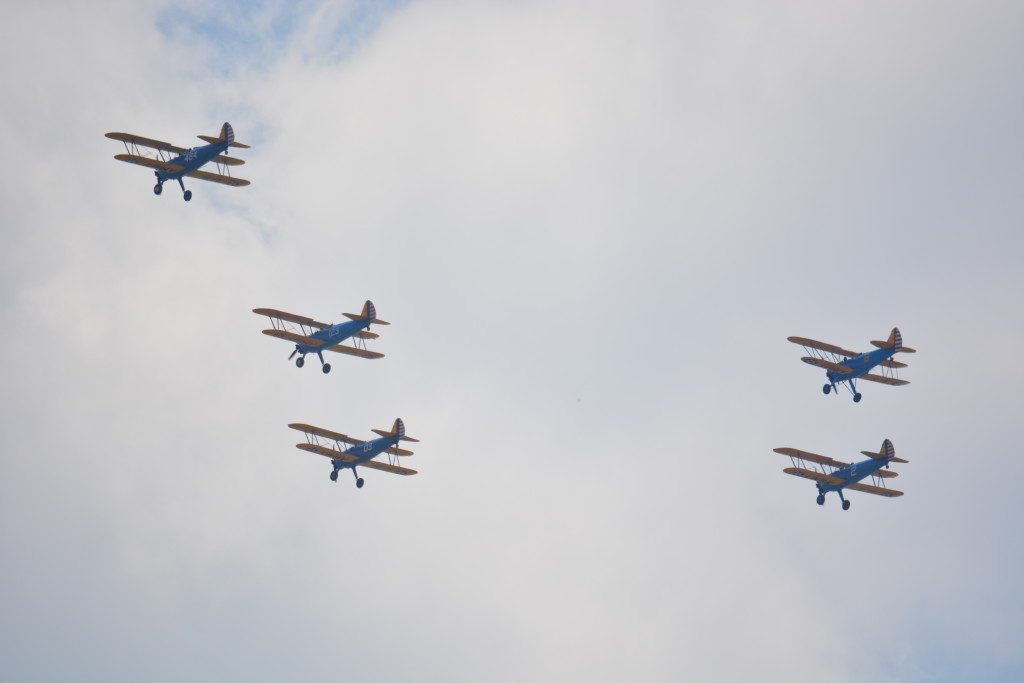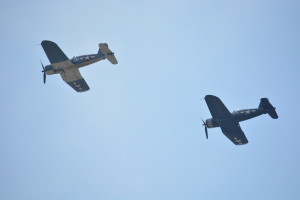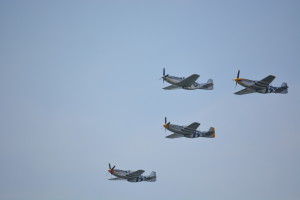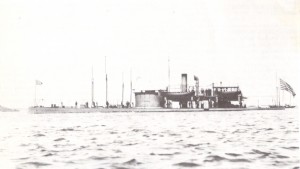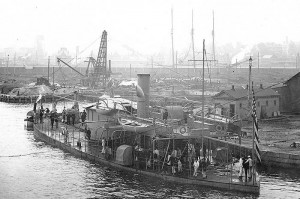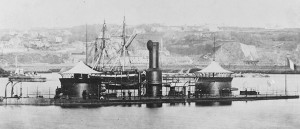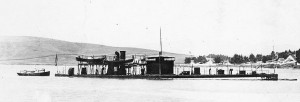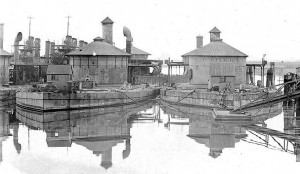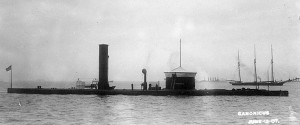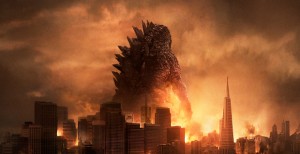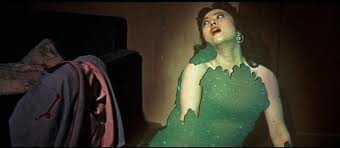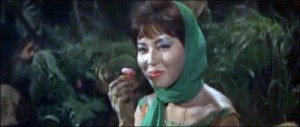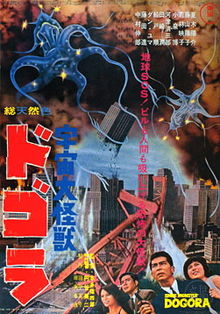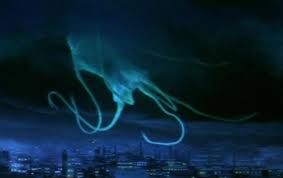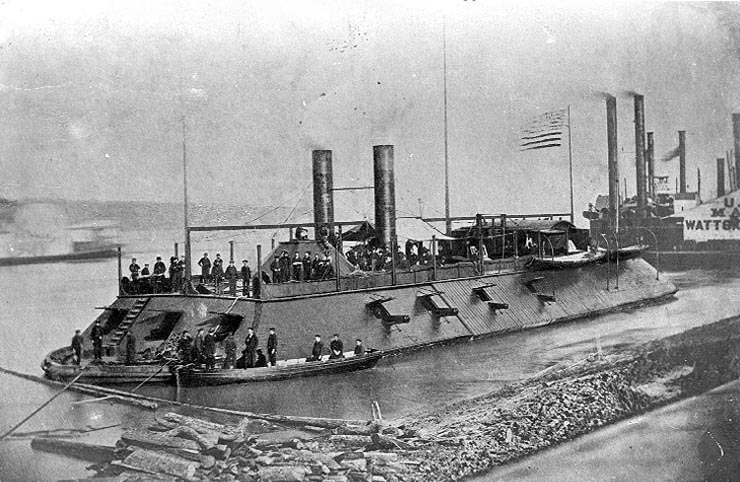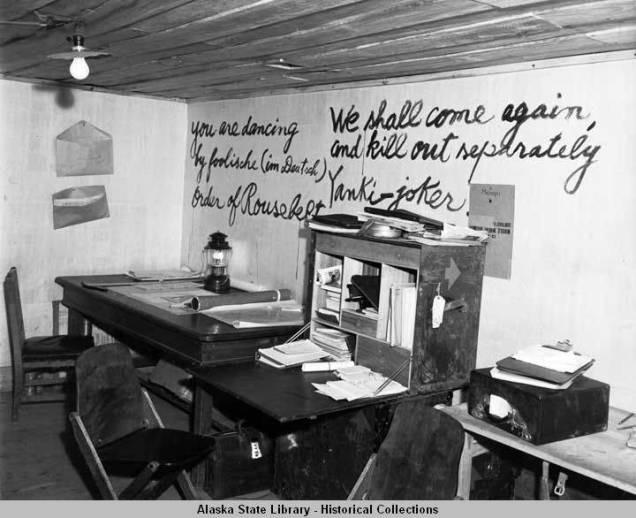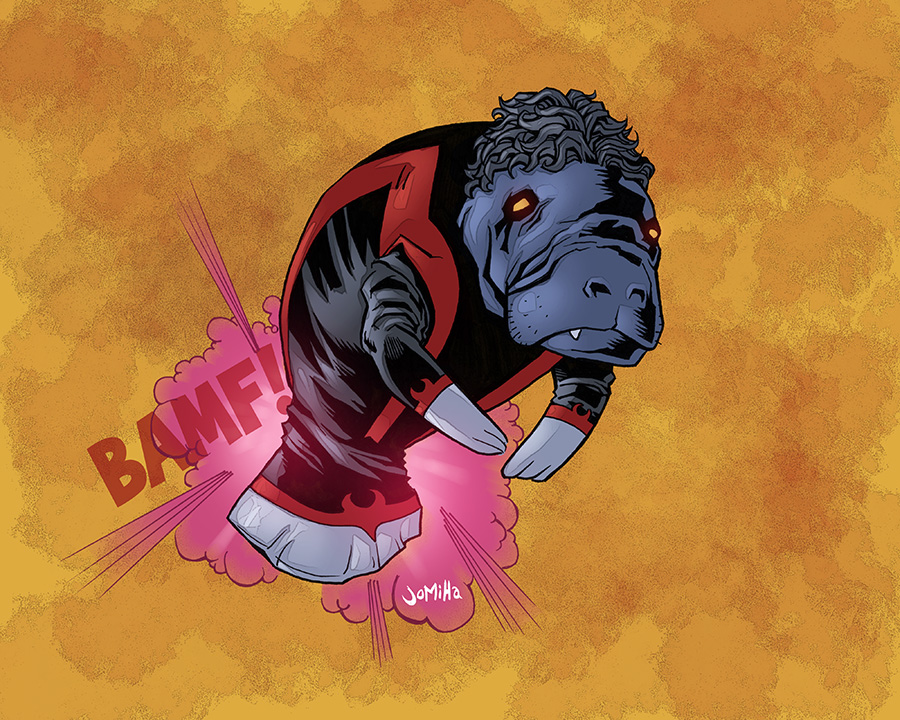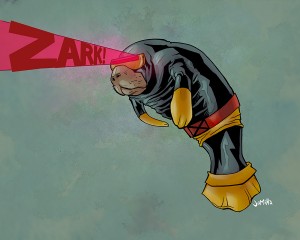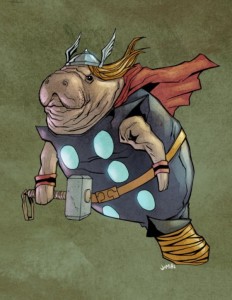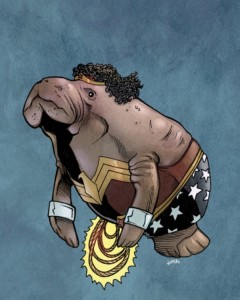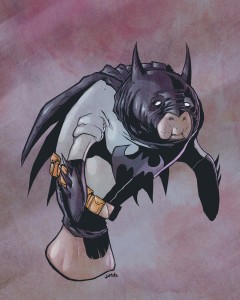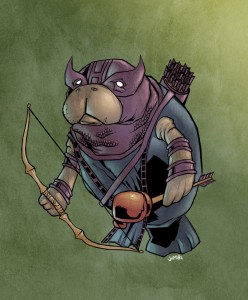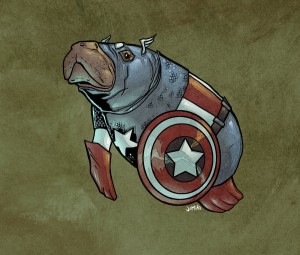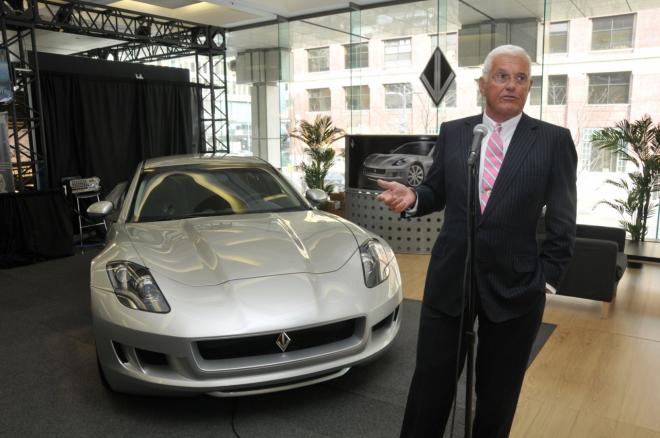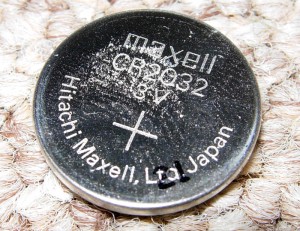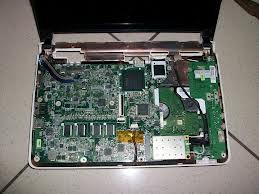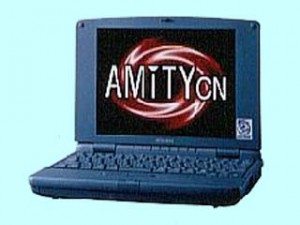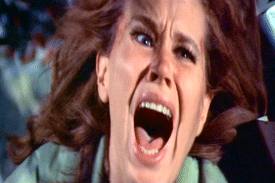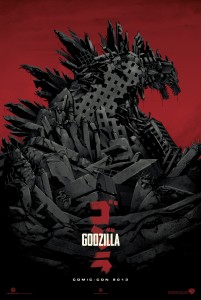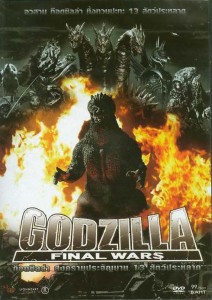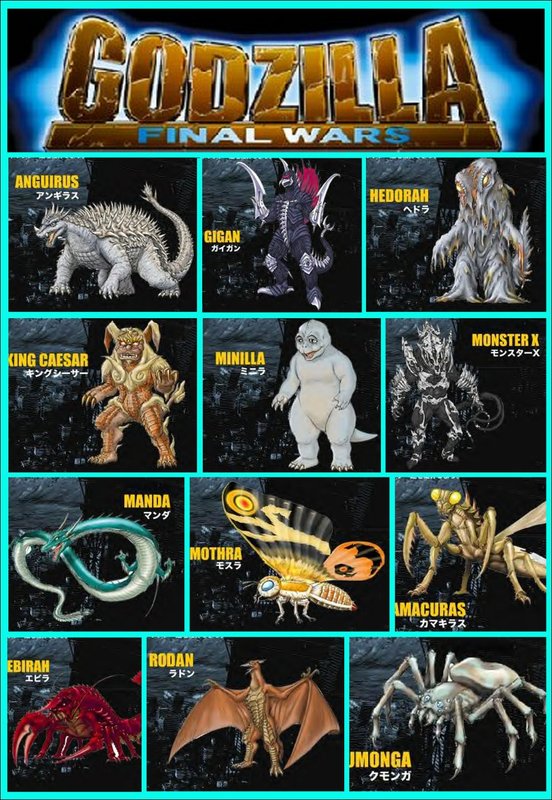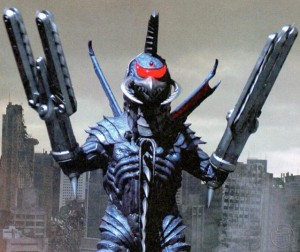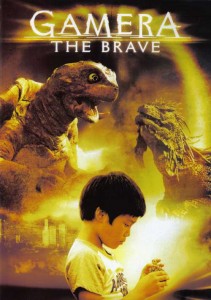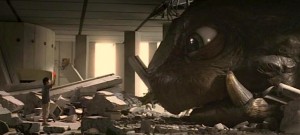I was very fortunate to be close to the National Mall in Washington, DC just before noon today. Otherwise, I would’ve missed a once-in-a-lifetime sight. In commemoration of the 70th anniversary of V E Day, the Allies’ victory over Nazi Germany on May 8, 1945, the skies over Washington hosted the Arsenal of Democracy Flyover, a massed overflight of most of the still flight-worthy American warbirds of World War 2. (All photos were taken by my friend and coworker Tony Tortora, whose camera was vastly superior to mine.)
The weather on the National Mall was warm and humid, and thousands of people staked out either positions that gave them an unobstructed view of the skies around the Washington Monument or a place in the shade of a tree (I tried for a combination of both). The various formations of aircraft flew overhead in the order in which they were deployed during various campaigns during the conflict. The first aircraft to appear were the trainers, mostly biplanes (Boeing PT-17 Cadets are pictured above), in which the Army Air Force and Navy pilots learned their skills.
The Liberator medium bombers were the mainstay of early American bombing missions over Germany and other European targets. Their bifurcated tail assemblies make them very distinctive.
The F4U Corsair fighters flew off American carriers in the Pacific and were instrumental in late American victories over the Japanese Navy and Army, including Iwo Jima and Okinawa. They, along with the Grumman Hellcat fighters, gave American pilots decisive superiority over the Japanese Zeros and other fighters, and the Corsairs were superb ground attack aircraft, much appreciated by the Marines.
The P-38 Lightning was one of the most distinctive and deadly aircraft of the war, known for its twin fuselages, high speed, and incredible maneuverability. A Lightning shot down the Japanese transport carrying Admiral Yamamoto, the architect of the Pearl Harbor attack, and squadrons of Lightnings were instrumental in turning back the final German winter offensive known as the Battle of the Bulge.
Flown from bases in England and Italy, the B-17 Flying Fortress was one of the iconic aircraft of the European war. More heavily armed than any earlier bomber, the Flying Fortresses’ bristling machine guns foiled the missions of many Luftwaffe Focke Wulf and Messerschmitt pilots. However, on their early missions, before they could be escorted all the way to their bombing assignments, even their massive defensive armament could not prevent up to 30% of all engaged aircraft from being shot down by German pursuit planes.
The P-51 Mustang was the primary escort of the B-17 Flying Fortresses in Europe. Prior to the advent of the Mustangs, American and British long-range bombers could only be escorted partway on their missions, which led to appalling losses of air crews and aircraft on numerous flights. The Mustang’s long range and superior flight characteristics allowed it to accompany the bombers all the way to Germany and back and to outmatch the capabilities of the German pursuit planes. So many Luftwaffe pilots were killed by Mustangs that from D-Day forward, the Allies generally had air superiority in the Western European theater.
The A-26 Invader was utilized as either a light bomber or a ground attack aircraft (its nose cone could either be utilized as a bombardier’s station or as a gun module mounting as many as eight .50 caliber machine guns, or a 20mm or 37mm auto cannon, or even in some cases a 75mm howitzer. It served in late campaigns in both Europe and the Pacific and was later deployed in the Korean War, the French Indochina War, and the Vietnam War, proving its versatility by adapting to many mission types.
The B-29 Superfortress heavy bomber, the follow-up to the B-17 Flying Fortress, is best known for being the aircraft that carried out the atomic bombings over Hiroshima and Nagasaki. It was a very advanced aircraft for its time, featuring a pressurized cabin and an electronic fire control system which controlled four automated machine gun turrets. It served in the U.S. Air Force and Royal Air Force until the end of the 1950s. Only a single example, nicknamed Fifi, is still flight worthy. Accordingly, Fifi was one of the last airplanes to fly over the National Mall during the V E Day commemoration.
The final formation in the presentation was the Missing Man Formation, which featured a Grumman TBM Avenger, a Vought F4U Corsair, a Curtiss P-40 Warhawk (the famous “Flying Tiger”), and a North American P-51 Mustang, saluting the more than 400,000 American airmen, sailors, soldiers, and Marines who died in combat during World War 2. This year and last have seen an impressive array of anniversaries: the 200th anniversary of the end of the War of 1812; the 150th anniversary of the end of the American Civil War; the 100th anniversary of the beginning of World War One; and the 70th anniversary of the close of World War Two. This may be the last major anniversary of V E Day during which surviving veterans of the conflict will be present to witness. The vets are now in their late eighties or nineties. My cousin Joe Miller received the Bronze Star for heroism during the Battle of Hurtgen Forest in Germany, the longest battle ever fought by the U.S. Army, which took place over a three month period between September and December, 1944. He never spoke about it; it was a military setback for the Allies which cost the lives of over 33,000 killed or incapacitated Americans. Joe has been gone for about seven years now. I miss him, and I am thankful for the service he gave as a young man. I was extremely privileged to have stood on the same ground yesterday with other men and women who sacrificed years of their youth and often their physical and mental health to save the world from Nazism and Japanese militarism.

